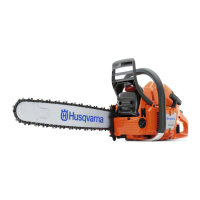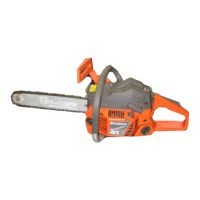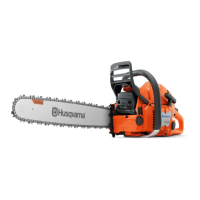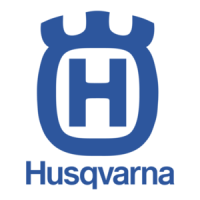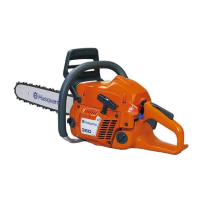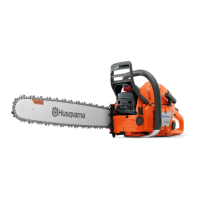Why is my Husqvarna Chainsaw difficult to start?
- MMarvin HallAug 13, 2025
If your Husqvarna Chainsaw is hard to start, try adjusting the L-screw, checking if the air filter is blocked, or inspecting the choke for proper function. It could also be due to a worn choke pivot or butterfly. Additionally, examine the fuel filter and fuel line for any blockages. In some cases, a seized piston ring or a blocked impulse channel might be the cause.



